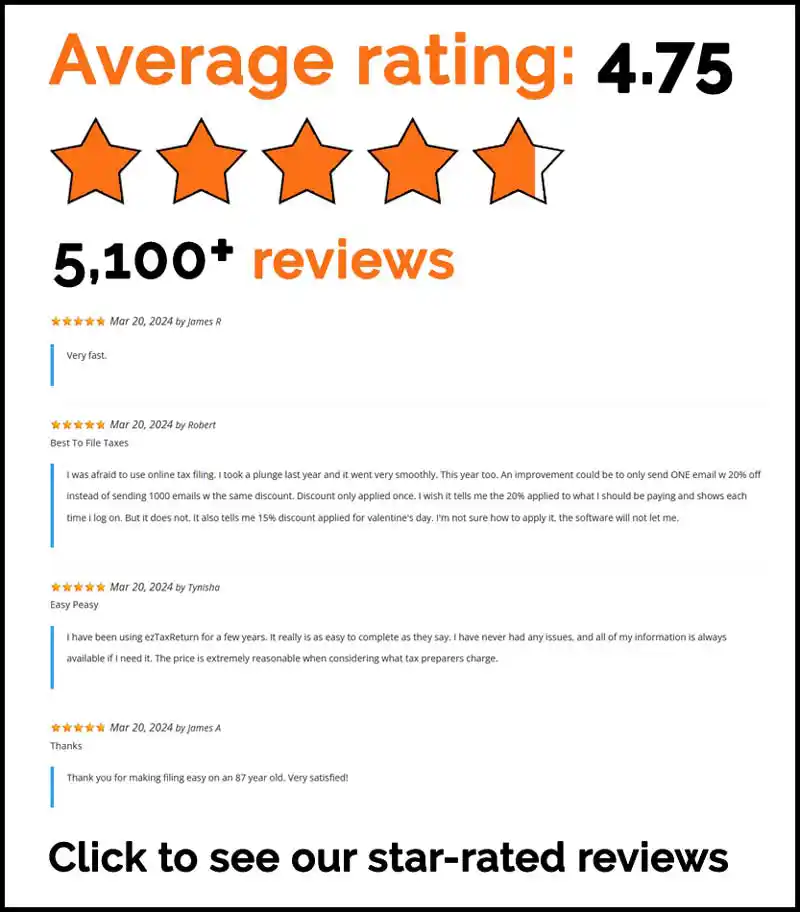Everyone loves getting a bigger tax refund — it can feel like a bonus after a long year. But what if we told you there’s a simple trick to potentially boost your refund before tax season even starts? It’s not a secret loophole or complicated strategy — it’s all about adjusting your W-4 form.
In this article, we’ll break down what the W-4 is, how it impacts your refund, and the easy adjustment that could put more money back in your pocket come tax time.
What Is the W-4 Form and Why It Matters
The W-4 form, officially known as the Employee’s Withholding Certificate, tells your employer how much federal income tax to withhold from your paycheck. The amount withheld directly affects whether you owe money, break even, or get a refund when you file your taxes.
If too much tax is withheld, you’ll likely get a refund — but that also means you’ve essentially given the IRS an interest-free loan. On the other hand, if too little is withheld, you might owe money at tax time. That’s why it’s important to get it right.
The Simple Trick: Adjusting Your Withholding
Here’s the trick: Review and update your W-4 regularly, especially after any major life or income changes. Many people fill out the form when they’re first hired and never touch it again — and that’s a missed opportunity.
By adjusting your withholding based on your current financial situation, you can either:
- Increase your refund by having more tax withheld throughout the year
- Or increase your take-home pay by having less withheld, if you typically get a large refund and prefer the cash flow
To boost your refund, you can use the W-4 to withhold more tax from each paycheck — that means a smaller paycheck now but a bigger refund later.
When and Why You Should Update Your W-4
The IRS recommends checking your withholding at least once a year, and especially when you experience big changes, such as:
- Starting a new job or working multiple jobs
- Getting married or divorced
- Having a child or gaining a dependent
- Earning side income or freelance income
- Claiming new credits or deductions
All of these can affect your tax liability and the accuracy of your current withholding. If you’re new to the workforce, check out our guide on tax tips for your first job to get started on the right foot.
How to Adjust Your W-4 in 5 Simple Steps
- Download the latest W-4 from the IRS website or request it from your employer.
- Fill out personal info (Step 1) — this includes your filing status.
- Indicate multiple jobs or a working spouse (Step 2) — helps adjust withholding accurately.
- Claim dependents and credits (Step 3) — can reduce how much is withheld.
- Add extra withholding if desired (Step 4) — this is the trick! Use this section to increase how much is withheld from each paycheck.
- Sign and submit the form to your employer (Step 5).
Want to avoid the guesswork? Use the IRS Tax Withholding Estimator to get personalized guidance.
Is a Bigger Refund Always the Best Option?
It depends on your financial goals. Here are the pros and cons:
✅ Pros of a Bigger Refund:
- Feels like a bonus
- Can be used for savings, debt payoff, or major expenses
- Psychological boost
❌ Cons:
- You’re giving the government an interest-free loan
- Less money in your pocket throughout the year
Some people prefer a large refund, while others would rather increase their monthly cash flow. Adjust your W-4 based on what works best for you.
Other Ways to Maximize Your Refund
Adjusting your W-4 isn’t the only way to get a bigger refund. Here are a few additional tips:
- Claim every eligible credit (Child Tax Credit, Earned Income Tax Credit, education credits, etc.)
- Itemize deductions if they exceed the standard deduction
- Contribute to a retirement account or HSA for possible tax savings
- File early to reduce delays and get your refund faster
Best of all? ezTaxReturn makes it simple to uncover every deduction and credit you’re eligible for — even if you don’t know what to look for.
Conclusion: Take Control of Your Refund Now
If you’ve been surprised by your tax refund — or lack of one — the answer might be hiding in your W-4. A quick adjustment today can make a big difference next tax season. Whether you want a bigger refund or more money in your paychecks, you’re in control.
Ready to get the refund you deserve?
Start your taxes with ezTaxReturn — it’s fast, easy, and 100% online.
FAQs: Adjusting Your W-4 and Increasing Your Tax Refund
How often should I update my W-4?
You should review and update your W-4 at least once a year or whenever you experience major life changes — such as getting married, having a child, starting a second job, or experiencing a significant change in income.
Will adjusting my W-4 guarantee a bigger refund?
Not necessarily — but it can help if done correctly. Increasing your withholding means more tax is taken out during the year, which often results in a larger refund. Just keep in mind that it also reduces your take-home pay.
Where can I get a copy of the W-4 form?
You can download the most current version of the W-4 form from the IRS website, or ask your employer for a copy.
Can I make changes to my W-4 at any time?
Yes, you can submit a new W-4 to your employer any time during the year. The changes typically take effect within one or two payroll cycles.
What if I want a smaller refund and more money in each paycheck?
Then you can adjust your W-4 to have less tax withheld. This can increase your take-home pay, but it may result in a smaller refund — or possibly a tax bill — when you file.
What tool can help me figure out the right amount to withhold?
The IRS Tax Withholding Estimator is a free online tool that helps you calculate the right withholding based on your income, credits, and deductions. It’s a great way to avoid surprises at tax time.
How does ezTaxReturn help with tax planning?
ezTaxReturn guides you step-by-step through your tax return and helps uncover every credit and deduction you qualify for. It also makes it easier to understand how changes like adjusting your W-4 can impact your refund next year.
The articles and content published on this blog are provided for informational purposes only. The information presented is not intended to be, and should not be taken as legal, financial, or professional advice. Readers are advised to seek appropriate professional guidance and conduct their own due diligence before making any decisions based on the information provided.




